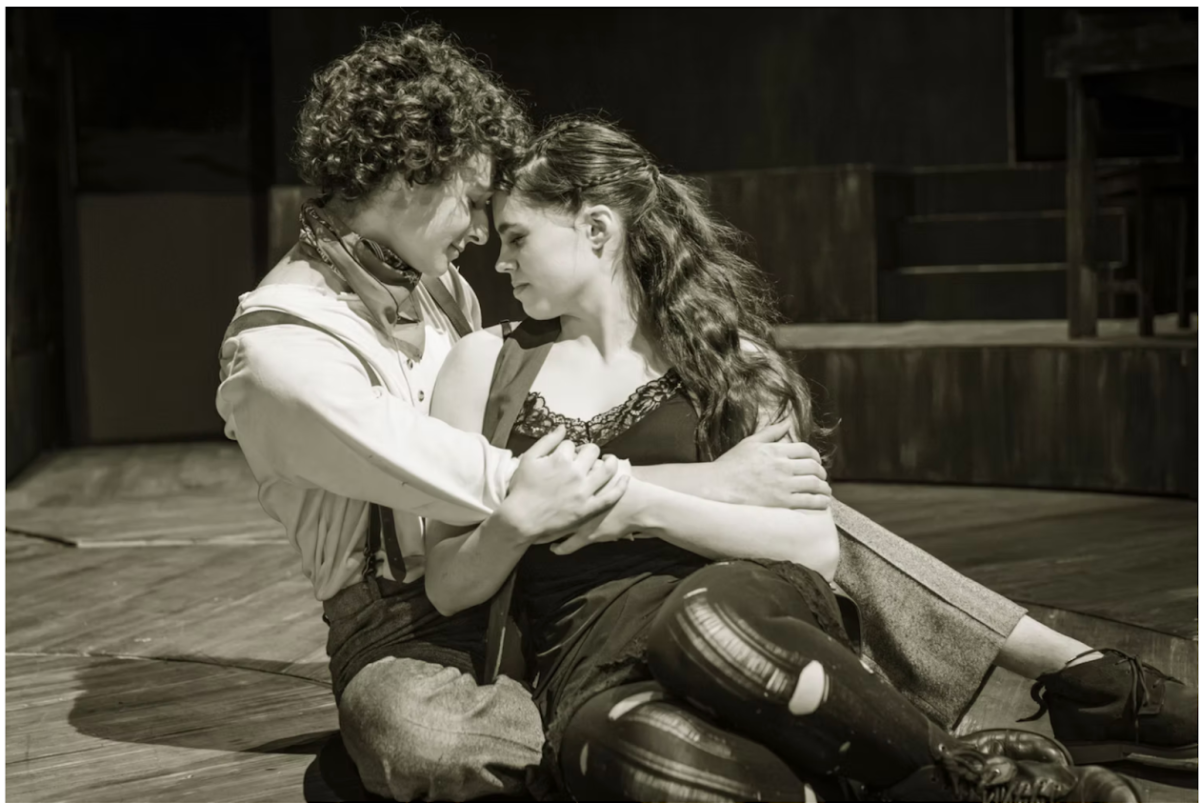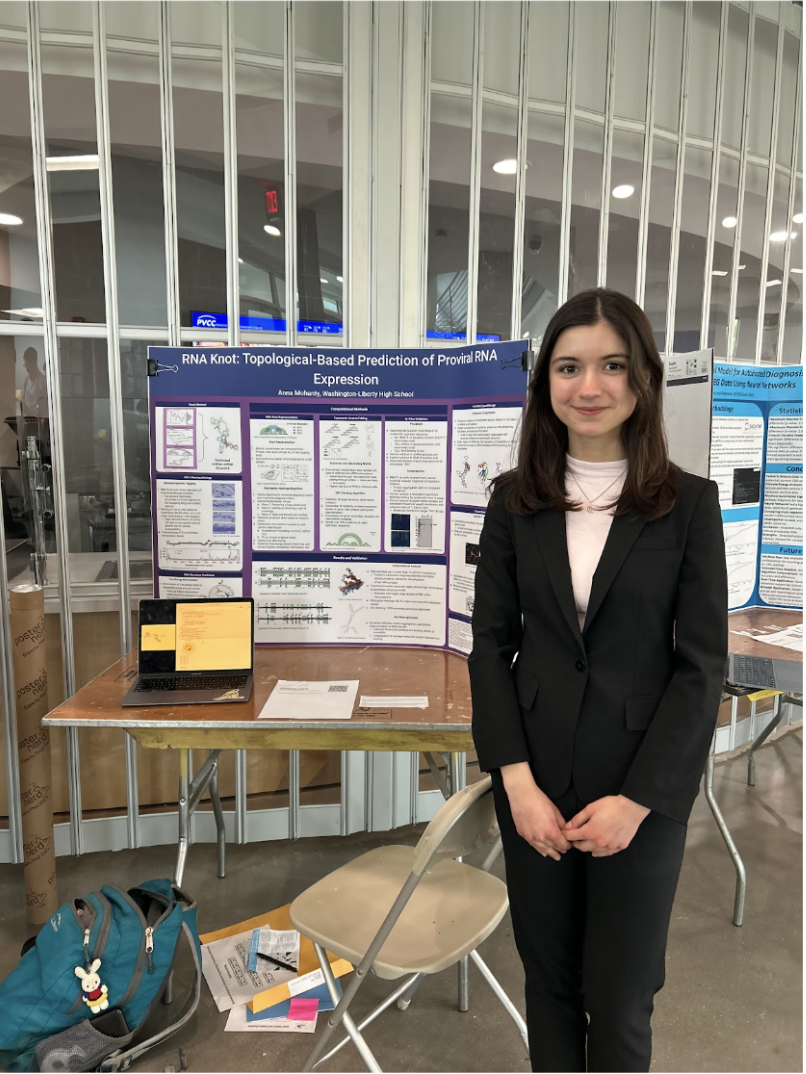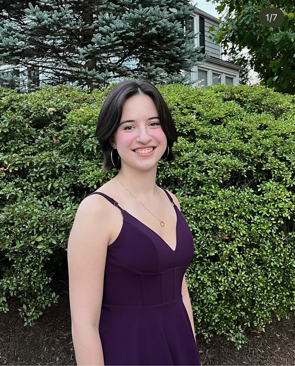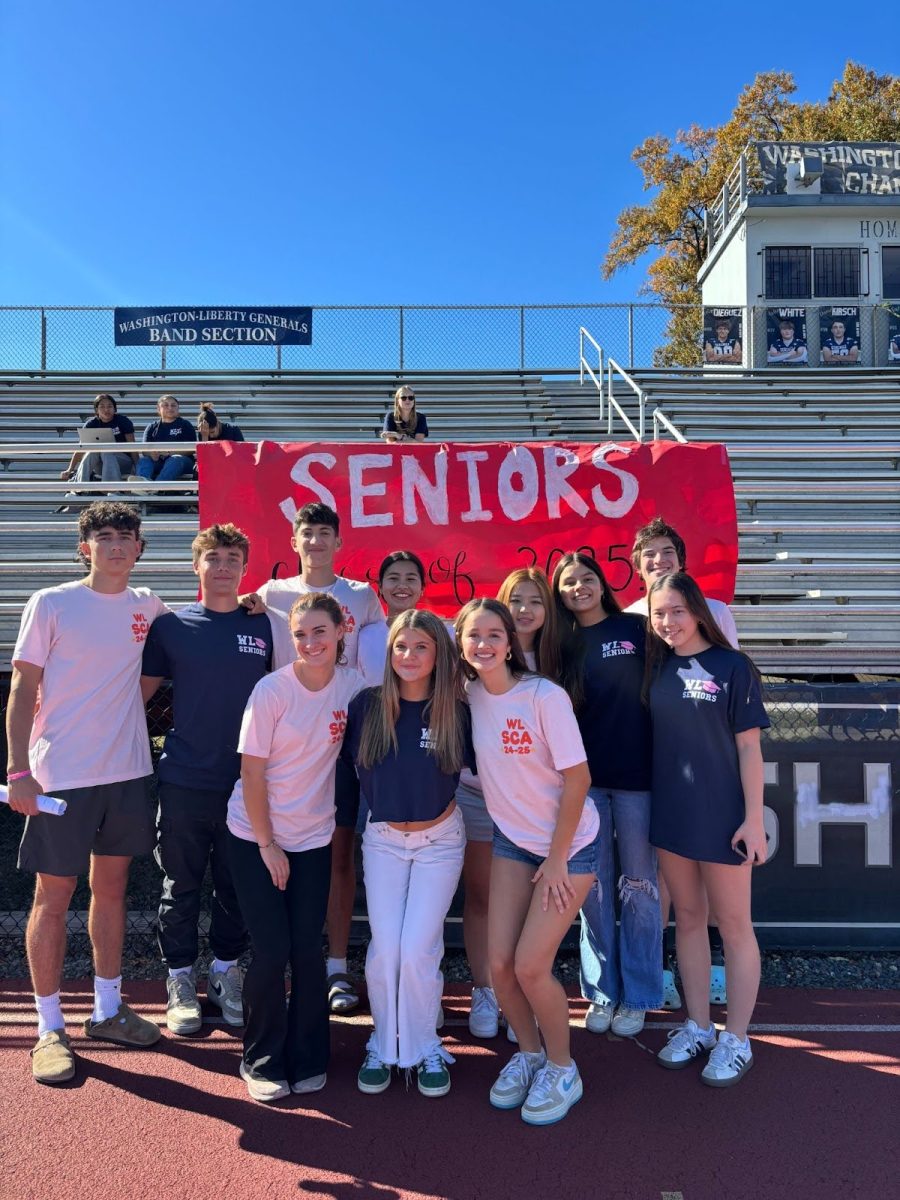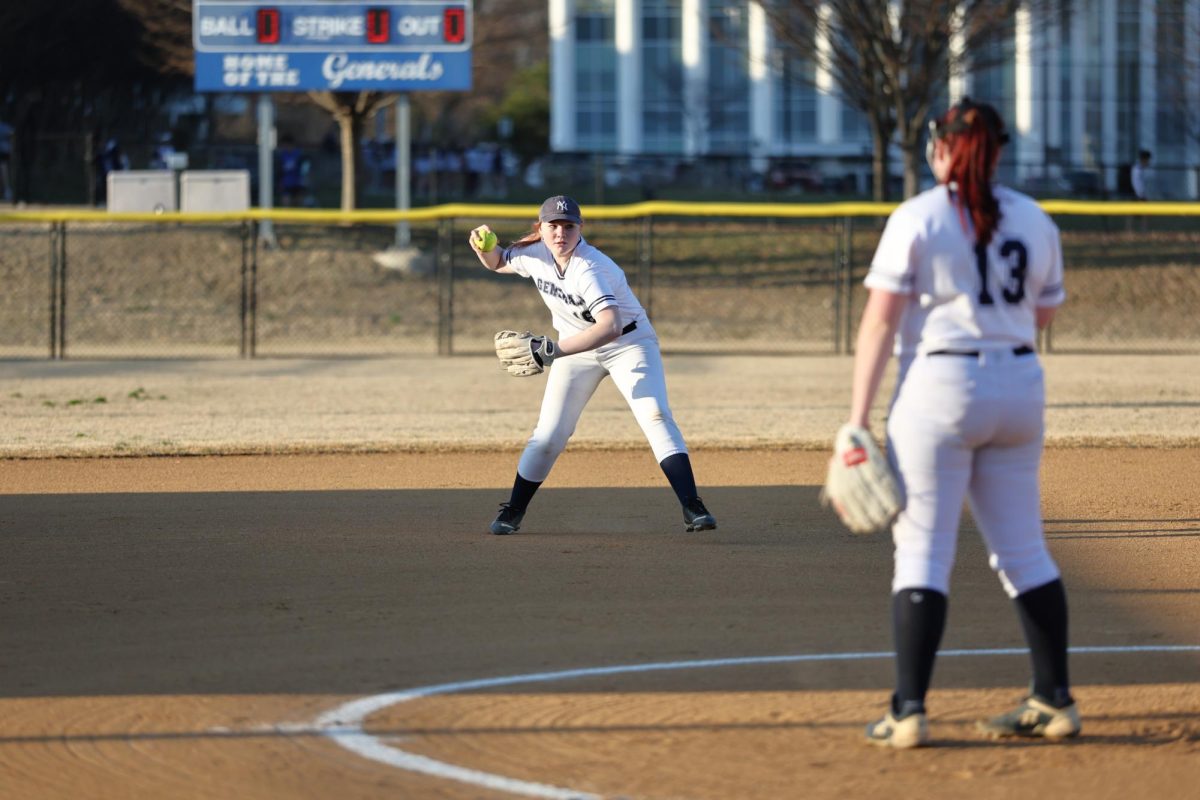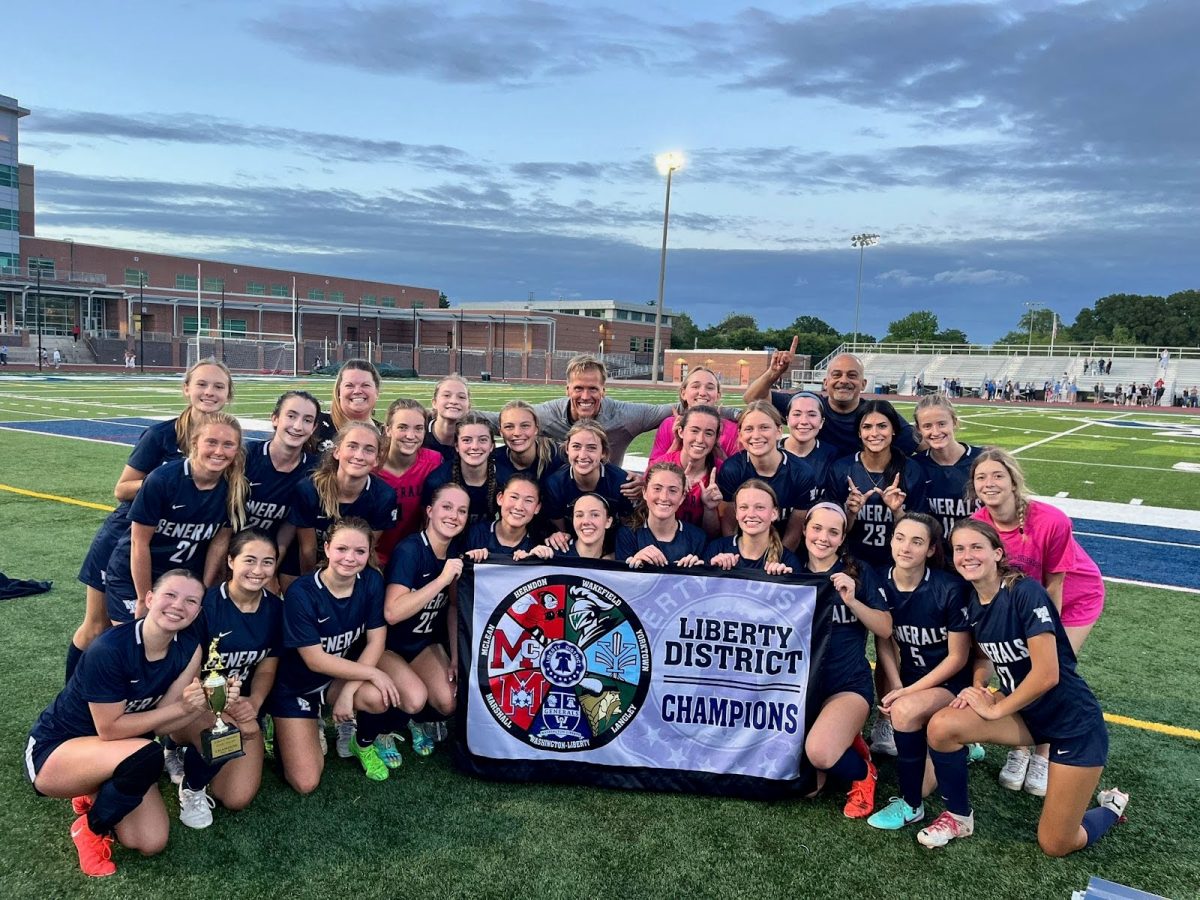A stage spins. A girl disappears underground. The road to Hell has never looked this good. No, this is not Broadway, but the school’s very own production of “Hadestown.” The eight-time Tony Award-winning musical, including Best Musical, is a retelling of the Greek myth of Orpheus, a hopeful musician, and Eurydice, a hungry, young girl. When Eurydice is lured into the underworld—Hadestown—Orpheus sets out on a journey to rescue her, confronted by doubt along the way. It is a tragic story about love, with underlying themes of power and oppression—ideas increasingly relevant in today’s world.
Under the direction of Mr. Danny Issa and the school’s theater program, brought this show to life with an impressive five-show run.
The dedication and hard work that went into this production did not go unnoticed. Whether a cast member, tech crew member, set designer, makeup artist, choreographer, or dance captain, everyone played a vital role in bringing this show to life. It was not just the actors—it was the lights, the moving stage, the sound, and even the smallest details in the set. Everything worked together so seamlessly that it was easy to forget the audience was sitting in a high school auditorium.
As soon as the first song, “Road to Hell,” began, I was immediately captivated. The live orchestra, positioned on stage and visible to the audience, played beautifully. As if that were not enough, the production also featured a fully functioning stage lift. The transition from the overworld to Hadestown was executed through a trapdoor-style mechanism that allowed cast members to rise and descend between “worlds.”
Of course, the show would not have been complete without the exceptional cast. Senior Celeste Collins, who played Eurydice, delivered a moving and powerful performance. Her rendition of “Flowers” was, in my opinion, one of the most emotional moments of the entire production. She portrayed Eurydice in a raw, vulnerable way that allowed the audience to truly feel her fear and regret.
Senior Jack Potter also gave a standout performance as Orpheus. He brought humanity to the role, making Orpheus’s journey feel authentic and grounded. Each time he performed an “Epic” (“Epic I,” “Epic II,” or “Epic III”), his voice was both stirring and beautiful. His tone resembled the original Broadway portrayal, yet he made the character his own. The hope and desperation Orpheus carries—and his love for Eurydice—were evident, heightened further by the strong on-stage chemistry between Potter and Collins.
Junior Loic Raza excelled in the role of Hermes. His commanding stage presence brought authority and charisma to the role of narrator. He did not simply guide the story—he owned the room. Hermes quickly became my favorite character in the production, largely due to the vibrant energy Raza brought to the stage.
The Fates were played by junior Wilbur Nardone, senior Susie Caretti, and freshman Ana Veeraraghavan. Their performances were particularly striking. In “When the Chips Are Down,” their harmonies blended so perfectly that it sent chills through the audience. Each performer had a distinct voice, yet their voices merged seamlessly, making every warning and taunt from the Fates even more chilling. The choreography, crafted by guest choreographer Ben Bogen, amplified their presence. Their synchronized, eerie movements made it impossible to look away whenever they were on stage.
The production would not have been the same without the dynamic ensemble, which added texture and depth to the story. While the original Broadway production typically features eight dancers, the school’s theater program incorporated students from all grades and experience levels. The ensemble brought to life the citizens on the road to Hell and later, the workers of Hadestown, who are trapped in endless labor under Hades’s control.
“Hadestown” is a challenging production for any theater company—let alone a high school. But the school’s rendition proved that with commitment, vision, and talent, a high school show can feel a little like Broadway—and a lot like magic.


